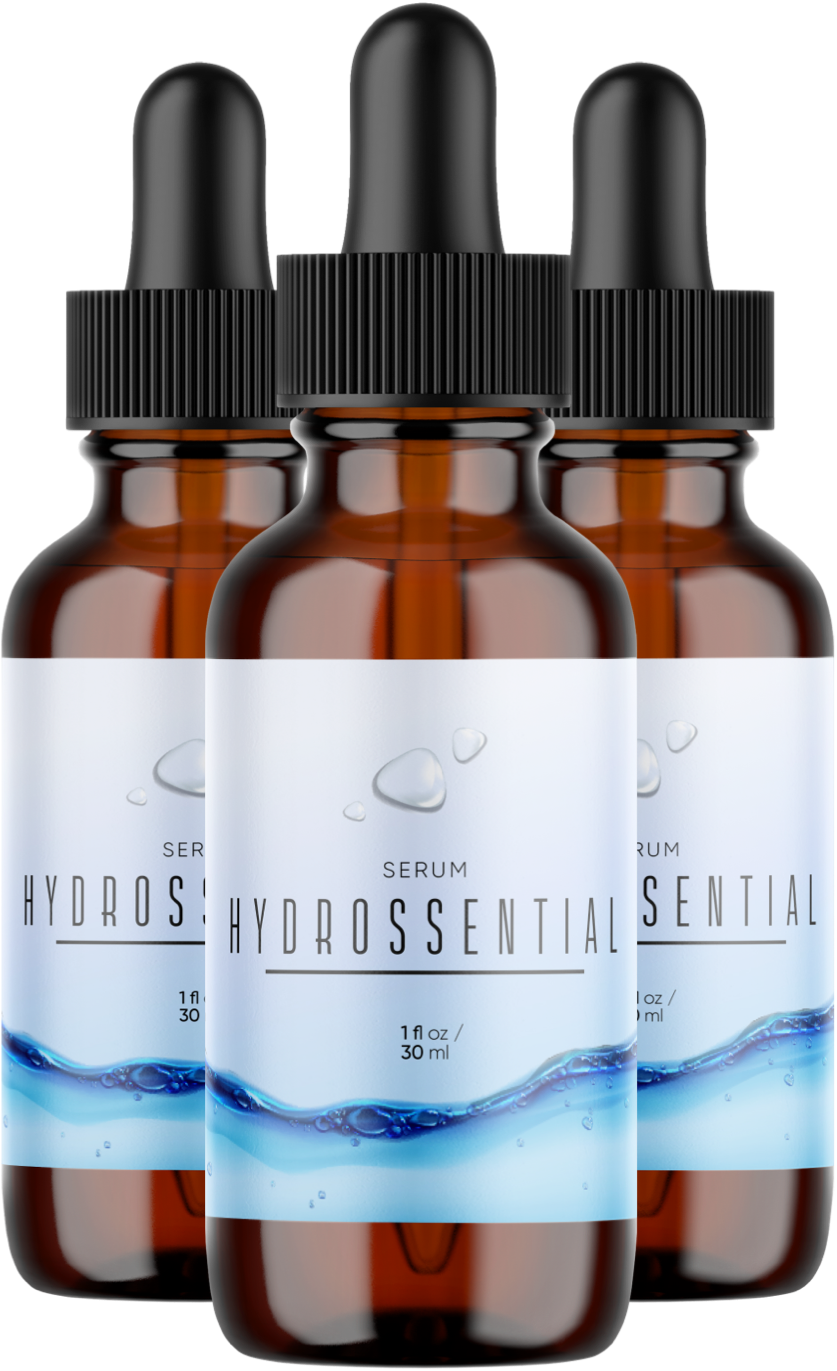Skin Barrier Repair Cream: Benefits, Ingredients, and Best Options for Healthy Skin
Table of Contents
- Skin Barrier Repair Cream: Benefits, Ingredients, and Best Options for Healthy Skin
- Understanding the Skin Barrier
- What is the Skin Barrier?
- Why is it Important?
- Causes of a Damaged Skin Barrier
- Environmental Factors
- Over-Exfoliation and Harsh Products
- Medical Conditions Affecting the Skin Barrier
- Signs of a Weak or Damaged Skin Barrier
- Dryness and Flakiness
- Redness, Sensitivity, and Irritation
- Breakouts and Inflammation
- How Skin Barrier Repair Cream Works
- Restoring Moisture Levels
- Strengthening the Lipid Layer
- Soothing Irritation and Redness
- Key Ingredients in Skin Barrier Repair Cream
- Ceramides and Fatty Acids
- Hyaluronic Acid and Glycerin
- Niacinamide and Panthenol
- Natural Oils and Antioxidants
- Choosing the Right Skin Barrier Repair Cream
- For Dry and Sensitive Skin
- For Oily and Acne-Prone Skin
- For Aging and Mature Skin
- How to Use Skin Barrier Repair Cream Effectively
- Best Time to Apply
- Layering with Other Skincare Products
- DIY Alternatives vs. Store-Bought Creams
- Natural Home Remedies
- Pros and Cons of DIY Creams
- Top Dermatologist-Recommended Skin Barrier Repair Creams
- Best Drugstore Options
- Best Luxury Options
- Best for Sensitive Skin
- Lifestyle Tips to Support Skin Barrier Repair
- Gentle Cleansing Habits
- Protecting Skin from Sun and Pollution
- Nutrition for a Healthy Skin Barrier
- FAQs about Skin Barrier Repair Cream
- Conclusion
Your skin is your body’s first line of defense, protecting you from environmental stressors, bacteria, and dehydration. At the center of this defense is the skin barrier, a vital layer that keeps moisture in and irritants out. When this barrier is compromised, issues like dryness, redness, sensitivity, and even acne flare-ups can appear.
One of the most effective ways to restore and maintain a healthy skin barrier is by using a skin barrier repair cream. These creams are specially formulated with nourishing ingredients that repair damage, strengthen the skin, and restore hydration.
In this article, we’ll explore what the skin barrier is, why it gets damaged, the best ingredients in repair creams, and how to choose the right product for your skin type.
Understanding the Skin Barrier
What is the Skin Barrier?
The skin barrier, also known as the stratum corneum, is the outermost layer of your skin. It consists of skin cells (corneocytes) bound together by natural fats (lipids) that form a protective shield.
Why is it Important?
- Prevents water loss: Keeps skin hydrated and plump.
- Shields against irritants: Blocks harmful toxins, bacteria, and allergens.
- Maintains balance: Supports overall skin health and resilience.
Causes of a Damaged Skin Barrier
A compromised skin barrier can be caused by several factors:
Environmental Factors
- Harsh weather (cold winds, extreme heat)
- Air pollution and UV radiation
- Low humidity and dry indoor heating
Over-Exfoliation and Harsh Products
- Excessive scrubbing or chemical exfoliation
- Use of alcohol-based cleansers or strong acne treatments
Medical Conditions Affecting the Skin Barrier
- Eczema (atopic dermatitis)
- Psoriasis
- Rosacea
Signs of a Weak or Damaged Skin Barrier
Dryness and Flakiness
If your skin feels rough, tight, or visibly flaky, your barrier may need repair.
Redness, Sensitivity, and Irritation
A weak barrier can make your skin more reactive to skincare products or environmental triggers.
Breakouts and Inflammation
When the barrier is compromised, bacteria and irritants can enter easily, leading to pimples, bumps, and inflamed skin.
How Skin Barrier Repair Cream Works
Restoring Moisture Levels
Repair creams use humectants like hyaluronic acid to draw water into the skin.
Strengthening the Lipid Layer
Ceramides, cholesterol, and fatty acids replenish natural oils and reinforce the skin’s shield.
Soothing Irritation and Redness
Ingredients like niacinamide and panthenol calm inflammation and restore comfort.
Key Ingredients in Skin Barrier Repair Cream
The best skin barrier creams are packed with science-backed ingredients:
Ceramides and Fatty Acids
These replenish lost lipids, restoring the “mortar” that holds skin cells together.
Hyaluronic Acid and Glycerin
Powerful hydrators that attract and retain moisture.
Niacinamide and Panthenol
These soothe irritation, strengthen the skin, and reduce redness.
Natural Oils and Antioxidants
Oils like jojoba, squalane, and shea butter, plus antioxidants like vitamin E, protect and nourish skin.
Choosing the Right Skin Barrier Repair Cream
For Dry and Sensitive Skin
Look for rich, fragrance-free creams with ceramides and shea butter.
For Oily and Acne-Prone Skin
Opt for lightweight, non-comedogenic formulas with niacinamide and squalane.
For Aging and Mature Skin
Choose creams with added peptides and antioxidants to target fine lines while repairing the barrier.
How to Use Skin Barrier Repair Cream Effectively
Best Time to Apply
Use after cleansing and toning, both morning and night, to lock in hydration.
Layering with Other Skincare Products
Apply after lighter serums but before sunscreen in the morning or a heavier moisturizer at night.
DIY Alternatives vs. Store-Bought Creams
Natural Home Remedies
Some people use honey, aloe vera, or natural oils to soothe irritation.
Pros and Cons of DIY Creams
- ✅ Natural and cost-effective
- ❌ Lack of precise formulation, may not fully repair the barrier
Top Dermatologist-Recommended Skin Barrier Repair Creams
Best Drugstore Options
- CeraVe Moisturizing Cream – packed with ceramides and hyaluronic acid
- Eucerin Advanced Repair Cream – excellent for dry, flaky skin
Best Luxury Options
- SkinCeuticals Triple Lipid Restore – blends ceramides, cholesterol, and fatty acids
- Dr. Jart+ Ceramidin Cream – deeply nourishing and lightweight
Best for Sensitive Skin
- La Roche-Posay Cicaplast Baume B5 – calming formula with panthenol
- Aveeno Skin Relief Cream – oatmeal-based for soothing irritation
Lifestyle Tips to Support Skin Barrier Repair
Gentle Cleansing Habits
Avoid foaming cleansers with sulfates. Use cream-based or hydrating cleansers instead.
Protecting Skin from Sun and Pollution
Always apply broad-spectrum SPF and consider antioxidant serums for extra defense.
Nutrition for a Healthy Skin Barrier
Include omega-3 fatty acids (from fish, chia seeds, flaxseed), vitamins A, C, and E in your diet.
FAQs about Skin Barrier Repair Cream
Q1: Can skin barrier repair cream cure eczema?
It won’t cure eczema but can greatly reduce symptoms like dryness and irritation.
Q2: How long does it take to repair the skin barrier?
Depending on severity, repair may take 2–6 weeks of consistent care.
Q3: Can oily skin benefit from barrier creams?
Yes, even oily skin needs hydration. Lightweight formulas work best.
Q4: Should I use a barrier cream every day?
Yes, daily use ensures long-term skin protection and resilience.
Q5: Can I use barrier creams with active ingredients like retinol?
Yes, apply the barrier cream after retinol to reduce irritation.
Q6: What’s the difference between moisturizer and barrier cream?
Moisturizers hydrate, but barrier creams go further by repairing and strengthening the skin’s protective layer.
Conclusion
A healthy skin barrier is the foundation of radiant, youthful-looking skin. By using the right skin barrier repair cream, you can lock in hydration, protect against environmental stressors, and soothe irritation. Whether you have dry, sensitive, oily, or aging skin, there’s a repair cream tailored for your needs.
Investing in your skin barrier today means healthier, more resilient skin tomorrow. 🌟
👉 For expert recommendations, check the American Academy of Dermatology’s skincare advice.



Leave a Reply